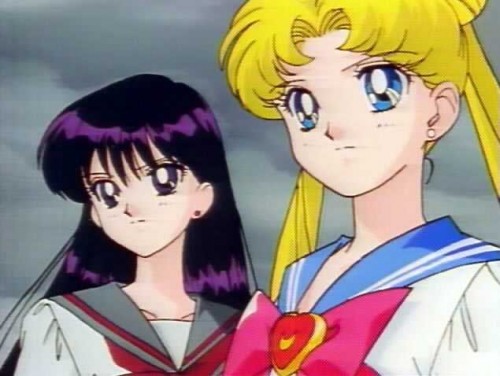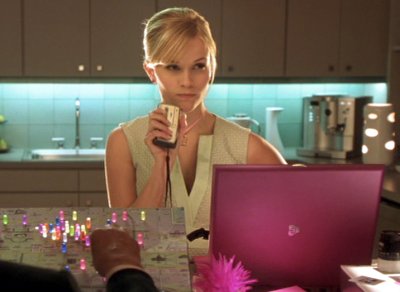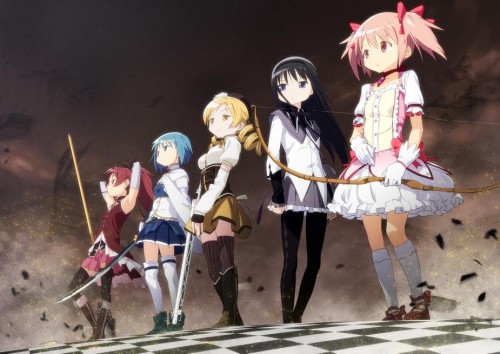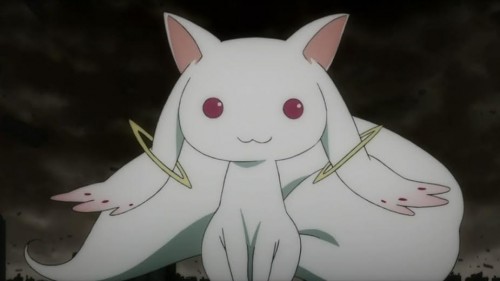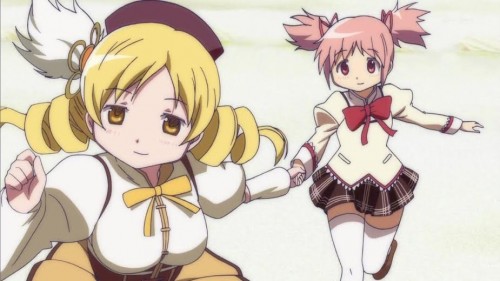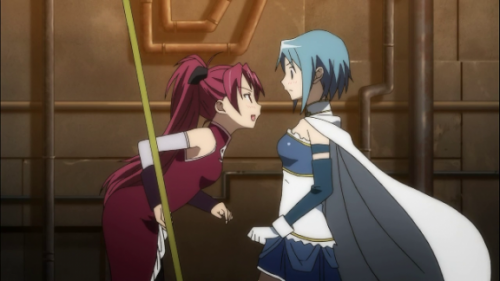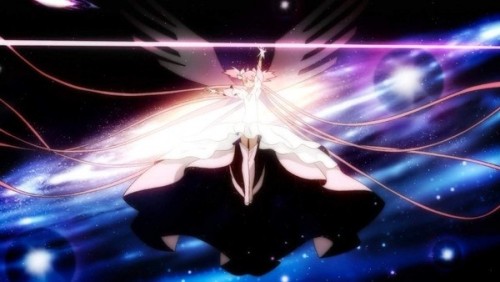This is a guest post by Kathryn Diaz.
The YouTube web series Carmilla might just be the internet’s next best-kept secret. Often compared to Buffy, Carmilla is about a girl, her vampire, and her friends taking on life’s challenges with a dash of apocalypse-stopping on the side. But Carmilla is not a derivative of the 90s classic or anything else you’ve re-watched this year. Carmilla is the next step we have all secretly been waiting for. It is a treatise on the power of teamwork and love. In the words of one of its many heroines, it’s about girl-ing the hell up. And lesbians. We cannot forget the lesbians.

No, but seriously–at a time when the most popular gay ships on Tumblr are queer-baiting extravaganzas and TV lesbians have a tendency to be either invisible or dead, seeing not one, but at least three queer girls whose sexuality is present and normalized matters. Laura Hollis is a journalism student who has seen every episode of Veronica Mars. Danny Lawrence is an active member of the Summer Society, and a TA. Carmilla is a femme fatale in combat boots and heavy eyeliner who studies philosophy when she isn’t feeling Coleridge-y about her life. These young women have been written as women, not stereotypes or labels with legs. While ample time is given to their love lives and personal desires, it is neither the sole nor central part of their personalities and character arcs. We have seen this kind of character before, from Willow on Buffy to Cosima on Orphan Black. But these women, and many others on TV, inhabit a peripheral space as supporting characters. On Carmilla, they take center stage. As someone still working out their sexuality, I cannot emphasize enough how refreshing and heartening this is to see.
Besides its open queerness, the other big thing to consider when thinking about Carmilla is just how much of a reinvention of familiar stories and genres it is. Most obviously, this series is technically an adaptation of J. Sheridan Le Fanu’s 1872 gothic novella of the same name. For this reason, it is sometimes lined up with other YouTube modern retellings of classics such as The Lizzie Bennett Diaries. However, Carmilla shares more in common with the emergence of radical re-imaginings in media like Wicked and Maleficent. Further still, the new setting and plot that Carmilla adapts in its transformation nestles it in the same company as Buffy the Vampire Slayer.

Like Maleficent, Carmilla consciously retools its plot and characters to chip away at oppressive elements in their source material and introduce feminist ideologies in the reinvented narrative. However, Carmilla takes things a step further by doing more than just turning the plot around and changing original antagonist into an anti-hero. The series transforms all the prominent characters into new, compelling versions of themselves. Where Le Fanu’s pure hearted heroine Laura timidly speculated about the horrors around her, web-series Laura starts her story as the only person at her university willing to investigate the mysterious disappearance of her roommate. The caretakers from Le Fanu’s story, Mme. Perrodon and Mlle. De Lafontaine, become neurotic maternal floor don, Perry, and genderqueer science whiz who isn’t afraid to face actual monsters in the library head on, LaFontaine. Carmilla gets what the production team of Maleficent did not: creating an anti-heroine of awesome need not come at the expense of the rest of Team Hero (I’m looking at you, Knotgrass, Thistletwit, and Flittle) and when it doesn’t, the story can benefit greatly.

Because of its subject matter, “rag-tag group of heroes” makeup, and “stop the Big Bad” plot, Carmilla also shares many elements with Buffy, as earlier mentioned. Whether intentional or not, to look at the show without this comparison might be missing an important part of the picture. There is a snark-tastic sense of humor between both shows that keeps the story from falling into pure melodrama. Carmilla’s dialogue includes such genre references as “honest to Lestat” and a bout of black comedy involving sock puppets. Beyond this and the presence of a brooding vamp with a hidden heart of gold, we also have light haired spunky heroines, love triangles, brain-sucking baddies, even a Big Bad fake-out before the reveal of the true villain at the season’s halfway point. And yet here, too, Carmilla can be seen as an endeavor to go beyond what was done before. Here there be no burying of our gays or turning them into revenge monsters.
Also worthy of notice: there be no singling out of our heroine either. No one is a Chosen One and no one has to go into a big showdown alone. Laura is the central protagonist, but she is not inherently the Alpha girl of the team she assembles. On a more episode-by-episode scale, the dynamics between Laura and Friends rejects any hierarchal structure. In fact, it is precisely when some of the friends start to play “I Know Best” that tensions emerge. The essence of what commentary comes out of these debacles seems to be this: that when something is big enough, personal agendas come second to the greater good and that love should not come between individuals and their autonomy. Carmilla rejects the possessive or selfish facets of love as attractive. However, this does not mean that it makes flawless do-gooders out of its heroines. Without getting even more spoiler-y (because you need to watch this series and watch it now), many a member of Team Hero has their negative moment and, though the good fight and teamwork must continue, transgressions are not always forgiven easily. By the season’s finale, not every relationship has a happy closure. Understandably, it’s the differences in the Carmilla-verse that make it feel like its own place. More specifically, a place that is simultaneously more realistic and more optimistic than the Sunnydale Hellmouth.
This is not to diminish the good in either Maleficent or Buffy. Personally, I’m a shameless fan of both, flaws and all. They are both strong, impactful works that have influenced many. But we are settling for less than what we deserve if we believe that they are as good as it gets. Even Carmilla isn’t as good as it gets. What Carmilla is is the next step–one that is worth taking and seriously well worth watching.
Kathryn Diaz is a writer living in Houston, Texas. She is currently pursuing a B.A in English at the University of Houston. You can follow her at The Telescope for more of her work.









